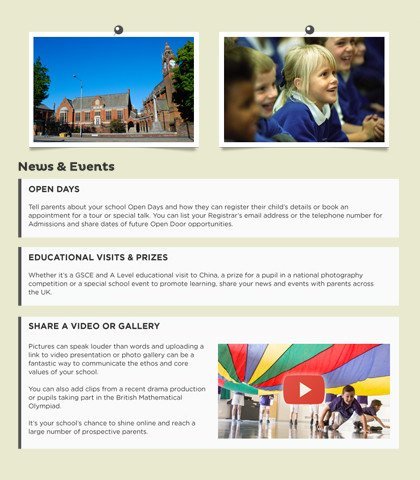
NATIONAL AVG.
2.17
Estyn Report
(01/12/2024)
School Description
Most staff at the school have high expectations and build respectful relationships with
pupils over time, understanding their additional learning needs (ALN) well. They
support pupils appropriately to manage their behaviour and provide clear learning
intentions, feedback, and praise, which helps keep pupils engaged in their learning.
The curriculum is broad and balanced, with activities that build knowledge and skills
progressively well. The school also enriches the curriculum with beneficial
educational trips. For example, the school recently provided Year 11 pupils with a
valuable residential outdoor education experience.
The health and well-being curriculum, focusing on physical and mental health, is a
strength. It covers valuable topics like decision-making, social influences, and healthy
relationships. Pupils engage well and make sound progress in understanding how to
stay safe and healthy. Additionally, valuable aspects of the school, such as the
animal care provision, positively support pupils in gaining an understanding of taking
on responsibilities.
The vocational education curriculum is in the early stages of development, with a
minority of pupils taking accredited courses in hair and beauty. Nearly all older pupils
participate in work experience placements, which positively impact their post-school
destinations.
Effective careers provision and strong links with post-16 providers support
individualised progression planning and positive transitions to pupils’ next steps.
Visiting speakers and workshops further strengthen the work in this area.
Many pupils make appropriate progress in their learning, developing literacy,
numeracy, social, communication, physical, and digital skills. Staff support helps
pupils reflect on their learning and engage in discussions to consolidate their
understanding. However, most pupils need high levels of support for extended writing
tasks, and the majority of pupils still struggle with negative communication or the use
of appropriate language.
The school has effective strategies to reduce challenging behaviour, including
behaviour plans developed in collaboration between pupils and staff. While this has
reduced severe behaviours, low-level disruptions and absences continue to impact
learning and the well-being of pupils. Comprehensive individual education plans help
staff plan and monitor progress.
Pupils feel listened to and can influence school changes through the school council.
Leaders work with pupils, parents, and local authorities to support engagement,
although the low overall attendance of pupils limits the progress they make. The
school has a secure safeguarding culture, with staff clearly understanding their role in
keeping pupils safe.
Leaders have responded appropriately to previous inspection recommendations,
improving leadership, governance, and teaching. They have high expectations, are
2
�A report on Mynydd Haf
December 2024
visible, and engage with pupils and staff. Performance management and a distributed
leadership model have helped create a motivated and committed staff team.
Leaders use quality assurance processes to evaluate teaching and learning,
providing clear summaries and action plans. Professional development for staff is a
strength, with a positive ethos of mutual support. Leaders understand the school's
strengths and areas for development well. However, information management
systems limit the accessibility of information and do not support leaders in effectively
evaluating whole-school practice.
Support from the wider organisation, including regional leads and governors, helps
the school improve and access resources. Leaders collaborate well with partners
such as parents, local authorities, and social workers. However, the use of electronic
tools to support communication with parents and carers is not well established and
limits parental engagement

